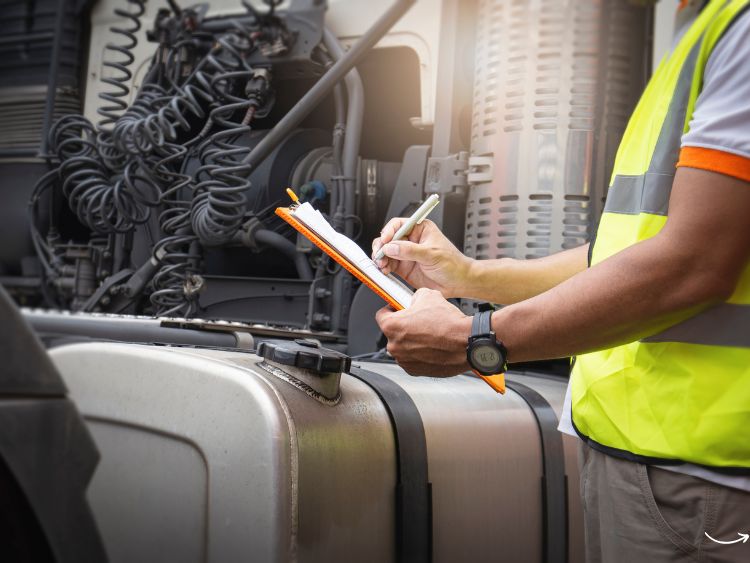When was the last time you thought about your car’s battery? For most of us, it’s easy to forget until our vehicle refuses to start on a freezing morning. Your automotive battery is a silent workhorse, powering not just your engine but also various electronics that keep your car functioning. Understanding automotive batteries can save you time, money, and even prevent getting stranded. Let’s dive into everything you need to know about these essential power sources for your car!
What is an Automotive Battery?
An automotive battery, also known as a car battery, is a rechargeable power source that supplies electrical energy to your vehicle. Its primary function is to provide the initial jolt to start your engine. Once your car is running, the alternator takes over, recharging the battery and powering other electrical components.
Types of Automotive Batteries
There are several types of automotive batteries, each with unique features and ideal uses. Here’s a quick breakdown:
- Lead-Acid Batteries
- Description: Lead-acid batteries are the most common type, known for reliability and affordability. They use a mix of lead and sulfuric acid to create energy.
- Pros: Affordable, recyclable, easily available.
- Cons: Heavier, shorter lifespan compared to newer technologies.
- Absorbent Glass Mat (AGM) Batteries
- Description: AGM batteries are designed to handle heavy power demands and are often used in vehicles with advanced technology.
- Pros: Long lifespan, can withstand deep discharges, spill-proof.
- Cons: More expensive than traditional lead-acid batteries.
- Lithium-Ion Batteries
- Description: Lithium-ion batteries are lighter and commonly found in electric and hybrid vehicles.
- Pros: Lightweight, longer lifespan, faster charging.
- Cons: Higher cost, sensitive to temperature extremes.
Key Factors to Consider When Choosing an Automotive Battery
Choosing the right automotive battery isn’t as simple as picking the cheapest option. Here’s what you should keep in mind:
- Battery Size and Compatibility
Ensure the battery fits your car’s make and model. Check the owner’s manual for the correct battery size and terminal placement. - Cold Cranking Amps (CCA)
CCA indicates a battery’s ability to start in cold weather. The higher the CCA, the better it will perform in low temperatures. If you live in a cold climate, look for a battery with high CCA. - Reserve Capacity
Reserve capacity refers to how long a battery can supply power without the engine running. It’s crucial for situations where your alternator fails, and you need extra power to keep essential electronics running. - Lifespan and Warranty
Look for batteries with longer warranties and lifespans. A good battery should last at least three to five years.
Signs You Need a New Automotive Battery
Knowing when to replace your automotive battery can save you from sudden breakdowns. Here are a few signs that it might be time for a new one:
- Slow Engine Crank: If your engine cranks slowly, especially on cold mornings, your battery might be losing power.
- Dim Lights: Dim headlights or interior lights indicate that your battery isn’t providing sufficient power.
- Warning Light: Many cars have a battery warning light that appears when the battery or alternator has an issue.
- Swollen Battery Case: Heat can cause a battery to swell, which is a sign it needs replacement.
- Frequent Jump-Starts: If you find yourself needing to jump-start your car regularly, it’s likely time for a new battery.
How to Maintain Your Automotive Battery for Longevity
Proper maintenance can extend your battery’s lifespan. Follow these tips to keep it in top condition:
- Regular Inspections
Check your battery every few months. Look for corrosion around the terminals, and clean it if necessary. - Keep It Charged
Short trips prevent your battery from fully charging. If possible, drive for at least 20-30 minutes regularly to keep it charged. - Avoid Excessive Heat
Extreme heat can reduce battery life. Park in shaded areas when possible to avoid overexposure. - Turn Off Electronics When Not in Use
Leaving lights or electronics on drains the battery. Always double-check to make sure everything is off before leaving your car. - Keep the Battery Secure
A loose battery can vibrate, which damages internal components. Make sure your battery is tightly secured.
FAQs About Automotive Batteries
- How long does an automotive battery last?
Typically, a car battery lasts between 3 to 5 years, but this can vary depending on usage, climate, and maintenance. - Can I use any battery for my car?
No, you should always choose a battery that matches your vehicle’s specifications, including size, CCA, and voltage. - What should I do if my battery dies suddenly?
If your battery dies unexpectedly, you can jump-start it using jumper cables or a portable jump starter. However, have the battery tested afterward to see if it needs replacement. - How can I extend my battery’s life?
Regular maintenance, avoiding short trips, and parking in cool areas are simple ways to prolong battery life. - Can a battery be too powerful for my car?
Generally, it’s not about the power but the compatibility. Using a battery with excessively high CCA isn’t necessary and might be costly without added benefits.
Summary
An automotive battery is one of the most critical components in your vehicle, powering everything from the engine to essential electronics. Understanding the types of automotive batteries, knowing how to choose the right one, and following simple maintenance tips can keep your car running smoothly for years. Remember to check your battery’s age, watch for signs of wear, and replace it when necessary. With a well-maintained battery, you’ll have one less thing to worry about when you hit the road!
Authoritative Sources
- www.consumerreports.org/cro/cars/car-batteries
- www.autobatteries.com
- www.batterycouncil.org



